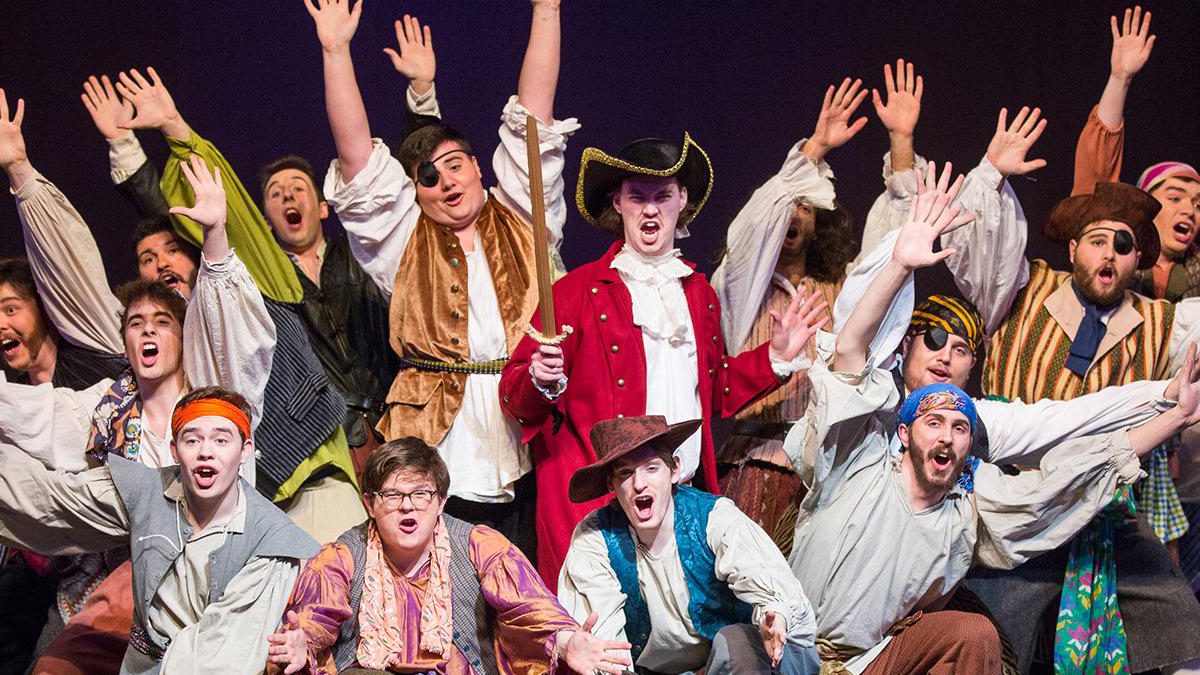Musical theater combines music, song, dance and drama to create an immersive storytelling experience. It has changed and grown over the years, becoming a favorite for people everywhere. From Broadway in New York to the West End in London, it’s an important part of culture, known for its depth and variety.
Table of Contents
Stage Design and Technology
The visual elements of a musical—theater backdrops, costumes, lighting and special effects—play a significant role in creating the show’s world. Stage design transports audiences to different settings, from the barricades of revolutionary France in “Les Misérables” to the magical land of Oz in “The Wizard of Oz.” Modern musicals increasingly use advanced technologies, including projection mapping and automated sets, to create stunning environments. Lighting design also shapes the mood and directs attention, subtly guiding the audience’s emotional response throughout the performance.
Music and Lyrics
The heart of any musical lies in its music and lyrics, which set the emotional tone and guide the narrative. Composers and lyricists work together to create memorable melodies and heartfelt lyrics that speak to the audiences. The music in a musical enhances the emotions of the production, advances the plot and develops the characters. Iconic scores like those in “Les Misérables” or “The Phantom of the Opera” exemplify how deeply music can influence the atmosphere and emotional depth of a production.
Book or Script
The book or script of a musical provides the framework for the musical numbers. It is responsible for the story’s progression and the consistency of its tone. The script combines dialogue and musical transitions seamlessly, ensuring that the shift from spoken word to song feels natural and motivated by the story. Successful musicals often feature a well-crafted book that can balance humor, conflict and drama, as seen in “Hamilton,” where Lin-Manuel Miranda melds hip-hop with historical events.
Characters and Casting
Characters in musical theater are often larger-than-life, designed to captivate the audience. Casting is a very important element, requiring finding performers who can act, sing and dance, often excelling in all three. The actors bring depth to their characters, making them relatable and memorable. Dynamic roles like Elphaba in “Wicked” or Evan Hansen in “Dear Evan Hansen” demonstrate the emotional range that musical theater actors must convey.
Choreography
Dance is another staple in musical theater, adding a layer of visual storytelling that complements the music and narrative. Choreography in musicals can range from subtle movements that underscore a scene to complex dance routines that steal the spotlight. Shows like “West Side Story,” with its ballet-inspired dance fights or “Chicago,” known for its jazz-driven choreography, highlight the importance of dance in enhancing the storytelling and adding energy to the performances.
Direction
The director’s vision is key to unifying all elements of a musical. The director interprets the script, guides the creative team and makes sure that the performance cohesively combines acting, singing and dancing. The director’s choices influence every aspect of the production, from pacing to performance style, making their role indispensable in a successful musical.
Musical theater is more than just entertainment; it is a powerful medium that combines various art forms to tell compelling stories. Each element, from the intricate lyrics and dynamic music to the innovative stage designs and passionate performances, works together to create an unforgettable experience.

